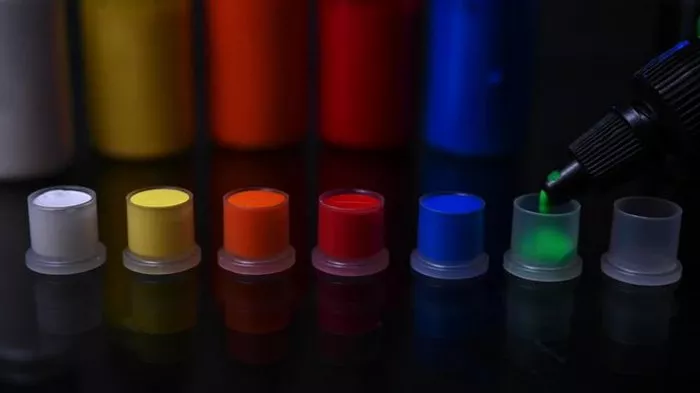In an effort to minimize risks of severe bacterial infections from tattoo ink, the U.S. Food and Drug Administration (FDA) has introduced updated guidance aimed at assisting manufacturers and distributors in identifying and preventing microbial contamination in tattoo ink. The guidelines, released on October 24 under the title Insanitary Conditions in Preparation, Packing, and Holding of Tattoo Inks and the Risk of Microbial Contamination Guidance, encourage adherence but are not legally binding. Still, the FDA strongly urges the tattoo industry to follow these guidelines to avoid infections linked to contaminated ink.
With tattoos growing in popularity—approximately 30% of Americans now have at least one—concerns about tattoo ink safety are rising. Tattooing creates an entry point for bacteria and contaminants, putting individuals at risk for serious infections if safety standards are not met. Contaminated tattoo ink can cause symptoms such as rashes, blisters, granulomas, impetigo, and cellulitis, and in extreme cases, lead to life-threatening conditions such as endocarditis, septic shock, or organ failure.
In 2019, the FDA issued a safety alert warning consumers, tattoo artists, and retailers about the potential dangers of contaminated ink. From 2003 to 2019, 15 voluntary tattoo ink recalls were made, 14 of which cited microbial contamination. A 2018 study also revealed that nearly half of tattoo inks on the U.S. market contained potentially harmful bacteria, and a 2012 outbreak of nontuberculous mycobacterial skin infections across several states was linked to contaminated ink.
The FDA emphasizes that, while many people get tattoos without complications, individuals with weakened immune systems or underlying health conditions are particularly vulnerable to the risks of contaminated ink. When tattoo ink bypasses the skin’s natural defenses, even typically harmless microorganisms can pose significant dangers.
To prevent contamination, the FDA recommends stringent sanitary protocols for ink preparation, packing, and storage. This includes ensuring that ink is not mixed with unclean equipment, stored in poorly maintained facilities, or placed near open air ducts. Employees are advised to use appropriate protective gear, such as hairnets, lab coats, masks, and gloves, and to practice proper disposal and hand-washing techniques to reduce the risk of introducing contaminants.
The new FDA guidelines provide manufacturers with detailed recommendations, including:
Testing ink and its components for microbial contamination, or sourcing materials from suppliers that conduct contamination tests.
Maintaining a sanitary production environment to avoid contamination.
Using validated sterilization methods for equipment and final products.
Ensuring cleaning and sterilization practices do not compromise the finished product’s quality.
Preventing the distribution of contaminated products and reassessing procedures to address contamination causes.
While tattoos are largely considered safe, recent studies highlight certain health risks. In March, the FDA cautioned consumers against using specific lidocaine-based numbing agents before tattooing, warning of possible interactions with medications or supplements that could cause serious side effects like irregular heartbeats, seizures, and breathing issues.
Further research in May by Swedish scientists indicated that tattooed individuals may face a heightened risk of lymphoma, a rare form of blood cancer. An FDA report from 2017 documented over 363 cases of adverse reactions from 2004 to 2016, many related to contaminated ink or unsanitary tools.
These new FDA guidelines address the microbial contamination concerns and provide a framework for manufacturers, tattoo artists, and retailers to help ensure consumer safety in the tattoo industry.
Related Topics

